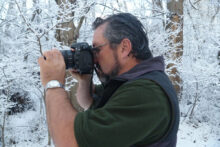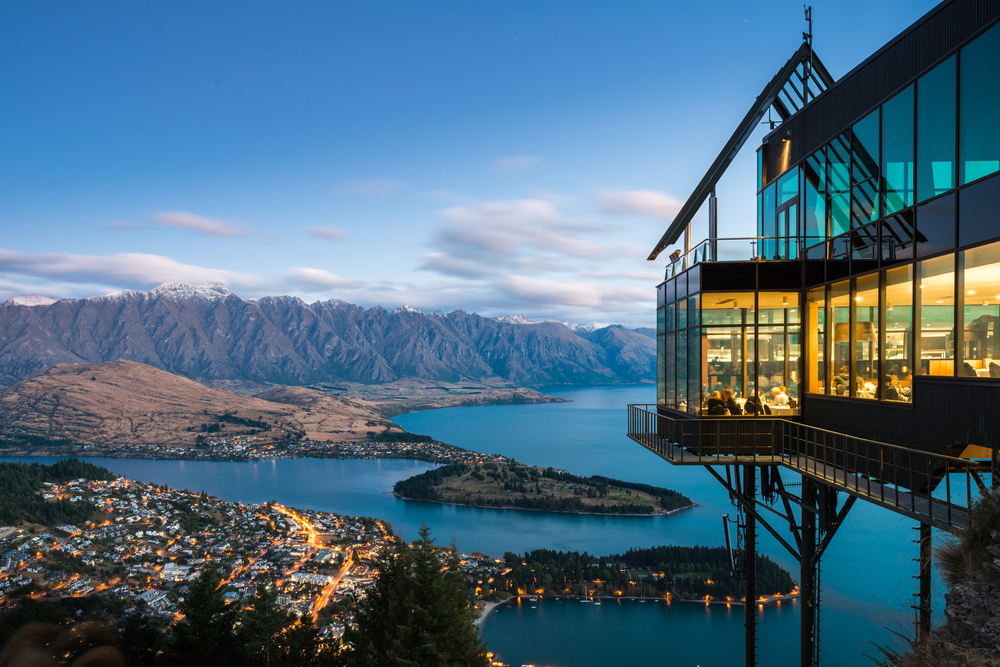Insider’s New Zealand: Best Locations, Adventures, and Food Experiences
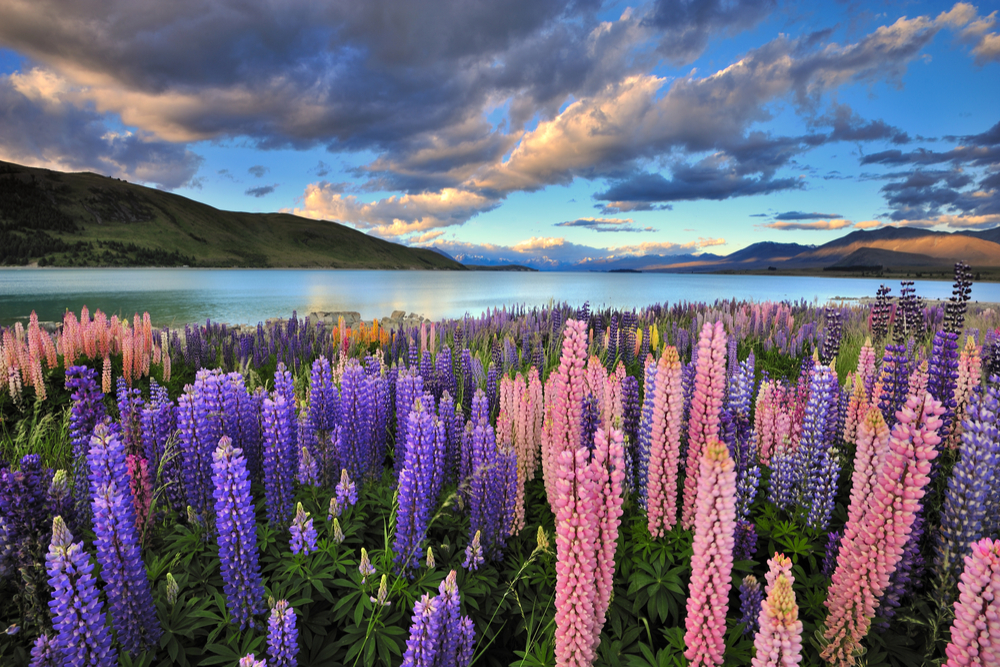 Lupins bloom on the shore of Lake Tekapo, New Zealand. Photo: Shutterstock
Lupins bloom on the shore of Lake Tekapo, New Zealand. Photo: Shutterstock
The insider advice on this page is from one of Wendy’s Trusted Travel Experts for New Zealand: Jean-Michel Jefferson of Ahipara.
Jean-Michel, who raised four children in New Zealand and now lives amid the dramatic rural landscapes of the South Island, is passionate about truly meaningful travel that caters to people who want to “go further, deeper, and see things others do not see.” His connections with local communities and noteworthy experts run deep, and he combines them with his network of hoteliers, restaurateurs, helicopter pilots, and boat captains to create itineraries that typically would be impossible to arrange on your own. His team can modify an itinerary on the fly to work around uncooperative weather or to satisfy a traveler’s spontaneous desire to add another location. For something really different, talk to him about adding time in the Cook Islands, a former protectorate of New Zealand that is a group of 15 remote islands barely touched by tourism. Jean-Michel has begun working with the local community there to deliver an authentic experience of one of the world’s last idyllic travel frontiers, but with all the creature comforts.
What to See and Do
Don’t miss
With the enormous popularity of the South Island’s west coast, its east coast has long been overlooked. No more! Now it’s on the map, led by places like the lovely historic coastal town of Oamaru. Want to see some real New Zealand? This is it. From Oamaru, a drive through the wide-open landscapes of Central Otago is inspiring and well off the normal tourist tracks. Both areas now also have excellent places to stay.
Don’t bother
Bus-and-cruise package tours to Milford Sound. The four-hour bus trip—each way—and crowded boat ride through the sound is not an enjoyable experience for most people. Jean-Michel flies his travelers in by helicopter or has them stay someplace near the Sound so they can savor the stunning scenery and not have to spend eight hours on the road in one day.
Hidden gem
The Lakes District Museum in Arrowtown is small and user-friendly. Its excellent and engaging displays provide a thorough history of the area and a fascinating look at the lives of the early settlers.
Cheap thrill
A ferry ride to Waiheke Island in Auckland’s beautiful Hauraki Gulf.
Big thrill
New Zealand is well-known as an adventure mecca. Experiences for adrenaline junkies abound throughout the country, but most are concentrated in the Queenstown region. This is the place, after all, that claims to have invented bungee jumping. If you’re eager to try it (and you should!), take the leap at the Kawarau Bridge. You can also go hiking on one of the area’s many unknown trails or go jetboating, rafting, skydiving, gliding, mountain biking—whatever rocks your boat.
Where to Stay and Eat
Best bang-for-your-buck hotel
Olivers Lodge and Stables in Central Otago, on the South Island. Everything about this place screams five stars, but the owners choose to price it below that level. A superb renovation of a pioneer building, it also gives access to Central Otago—a region blissfully free of what little mass tourism there is in New Zealand.
Restaurants the locals love
The Depot in Auckland, which is fun, informal, and vibrant—much like the city. The menu is constantly changing and always reliable, so skip lunch to leave room for as many of the shared plates as you can manage to eat.
In Wellington, try the bustling brasserie style of Charley Noble, which has been an “in” place with the locals for a couple of years now. Reservations are essential.
Botswana Butchery in Queenstown has long been popular with the locals. Surprisingly good for an alfresco light lunch, it is better known as a heavyweight dinner contender, often using local wild game.
Three vineyard restaurants deserve a special mention: Man o War on Waiheke Island, where watching the locals get back on their boats after a well-lubricated lunch is an excellent spectator sport; Craggy Range in Hawkes Bay, for a superbly elegant and tasty lunch; and Amisfield, near Queenstown, for another relaxed sensory experience.

Find a lovely spot for a picnic with a view of the South Island’s Dunstan Mountains.
Meal worth the splurge
Jean-Michel’s West Coast Picnic. It begins with a jetboat trip down the gin-clear waters of the Makarora and up the pristine Wilkin, with the Southern Alps as your backdrop. After some exploring, your driver will find a secluded spot, where they’ll tie the jetboat to a birch tree and spread out a feast of wild local specialties that typically includes crayfish (lobster), paua (abalone), whitebait, and venison back steaks, all washed down with the best New Zealand wines. After the meal, if you’ve gone easy on the wine, you can try your hand at driving the jetboat yourself.
Best Times to Go
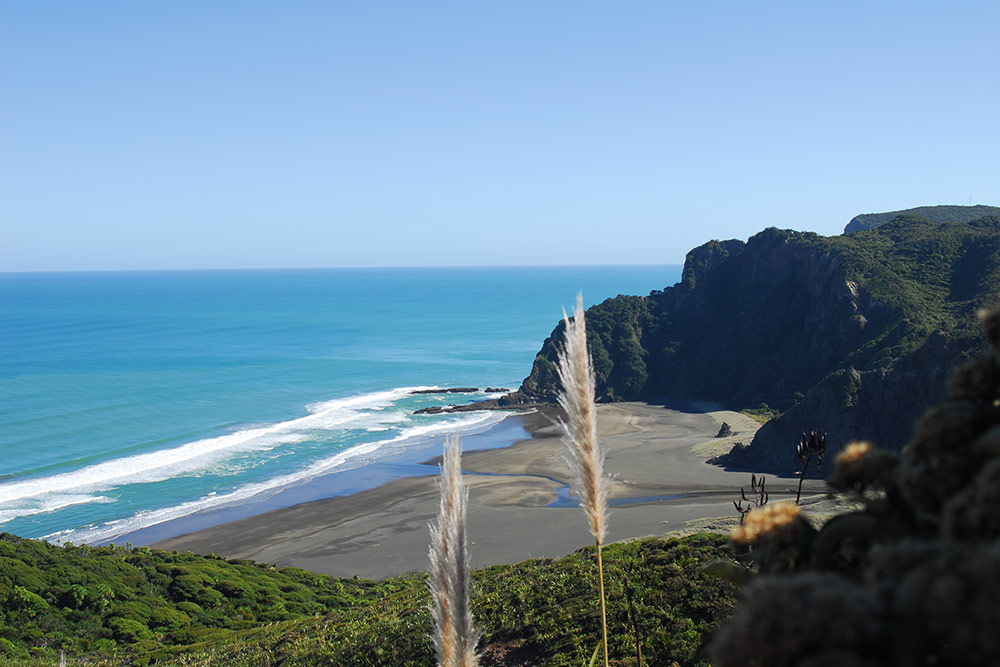
New Zealand is a true year-round destination, but each season has its advantages. February has the most reliable dry and warm weather. Temperatures begin dropping slightly in March, which is nice for hikers and cyclists. April and May bring beautiful autumn colors and cooler weather, though also occasional rain. August is the top month for skiing (but it also means shorter days): The country has some of the finest heli-skiing in the world, and combining this with a tropical island can be fun.
If you’re not in search of great beach weather (it can be cool even in February and March), then any time is good for the vast majority of travelers, although some lodges do close for the winter.
Worst Times to Go
Avoid the very peak season, which runs from mid-December to mid-January. Christmas surcharges, changeable weather, and sheer volumes of holiday travelers—visitors and New Zealanders alike—make this quite a harried time.
Biggest Rookie Mistake
The main mistake travelers make is to underestimate the size of the country and how long it takes to get around. The roads are small and winding, and take time to navigate. Visitors also underestimate how much time they’ll want to spend at each stop. There is a lot to do here! Lucky backpackers and students with plenty of time on their hands manage to fill six months to a year in New Zealand and still come back for more, so schedule as much time as possible and plan to return. Don’t try to do it all in ten days!
Scam Alert
Bus tours that promise to show you New Zealand but deliver nothing but long hours on a seat with the country’s splendor sealed off by a window.
Must-Have App
Google Maps to help you navigate the roads—but make sure you’ve saved them offline. Much of the wilderness has no mobile coverage, so this is a good time to take a break from your smartphone!
Airport Intel
When multiple flights arrive at the same time, it can be quite busy. If you are coming off a long flight and do not want to stand in line, Jean-Michel can arrange to have you escorted through priority exits.
Don't Forget to Pack
Layers. Temperatures vary every day. Leave the high heels, smart coat, and cocktail dress at home—you won’t use them. Pack more layers. And a hat to protect you from the sun.
Instagram Moment
A photograph with acclaimed Maori carver Delani Brown in front of one of his remarkable pieces. Humble, spiritual, and a former Mr. Universe contender, Delani is now focused on helping Maori youth grow through interaction with traditional arts.
Bragging Rights
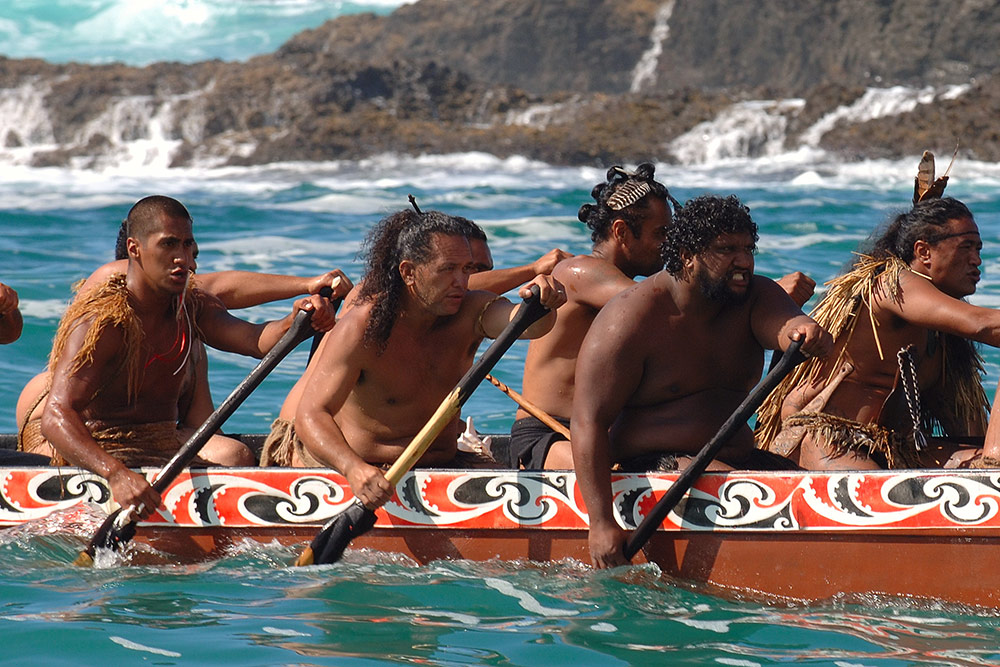
Jean-Michel can provide a limitless array of extraordinary experiences based on individual interests. For instance, he’s created a birthday party on a private island that was “attacked” by a Maori war party. The warriors arrived on a waka, or canoe, bearing birthday gifts that included museum-quality Maori artifacts. He’s also arranged for a traveler to go windsurfing with an Olympic gold medalist, and for another to go spearfishing with a national champion. Depending on what the traveler is interested in doing, he can make it happen.
The Souvenir
Greenstone—known in New Zealand as pounamu—is the soul stone of New Zealand and has great significance to the Maori, who pass carved pieces down from generation to generation. The best way to buy pounamu is from a carver, who will create an original piece based on who you are and what is important to you. Carvers frequently move, but Jean-Michel can arrange for travelers to meet them. There’s also an excellent shop in Queenstown called the Waka Jewellers. Avoid buying pounamu at tourist shops or souvenir stands, as these often sell jade imported from China.

